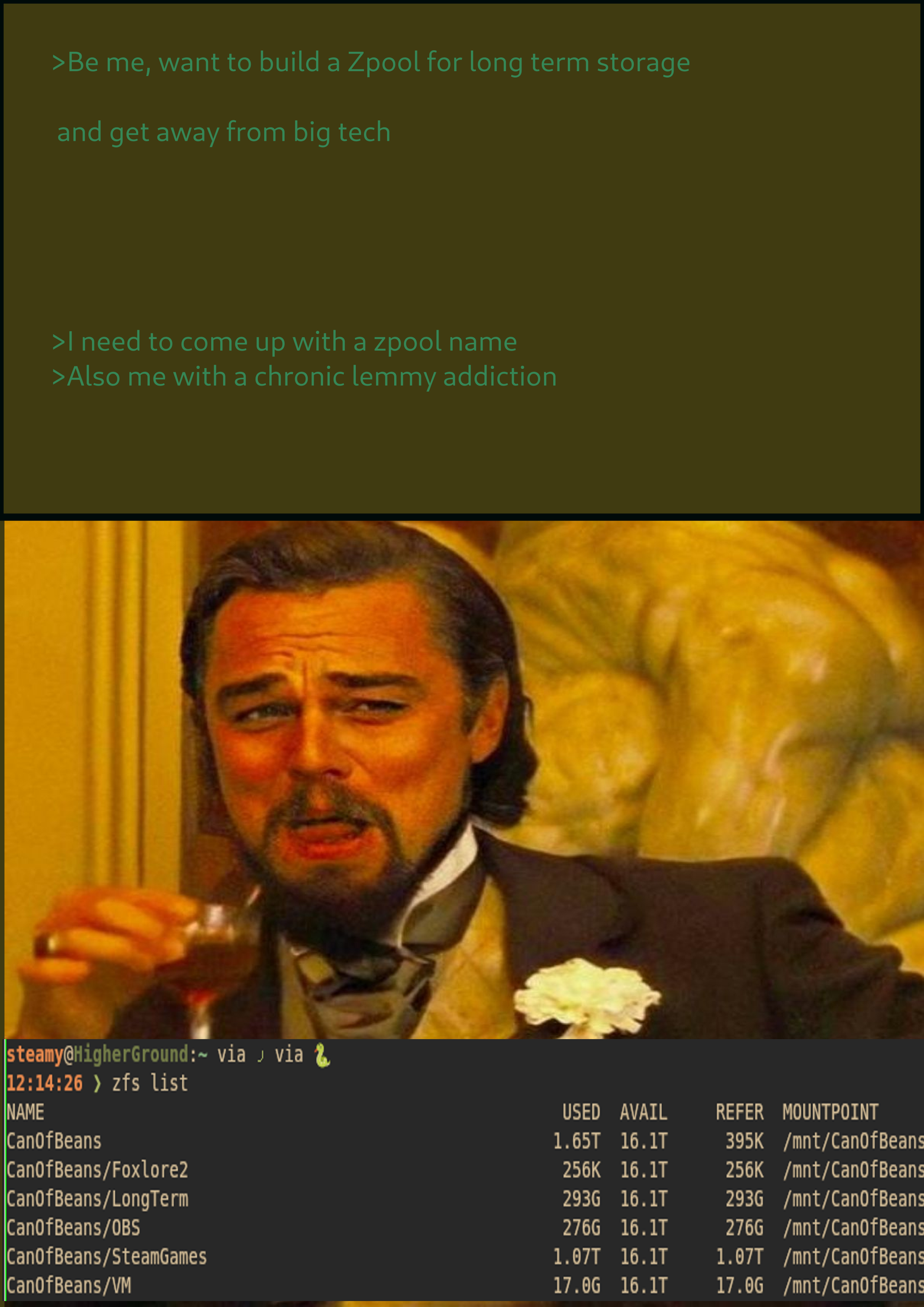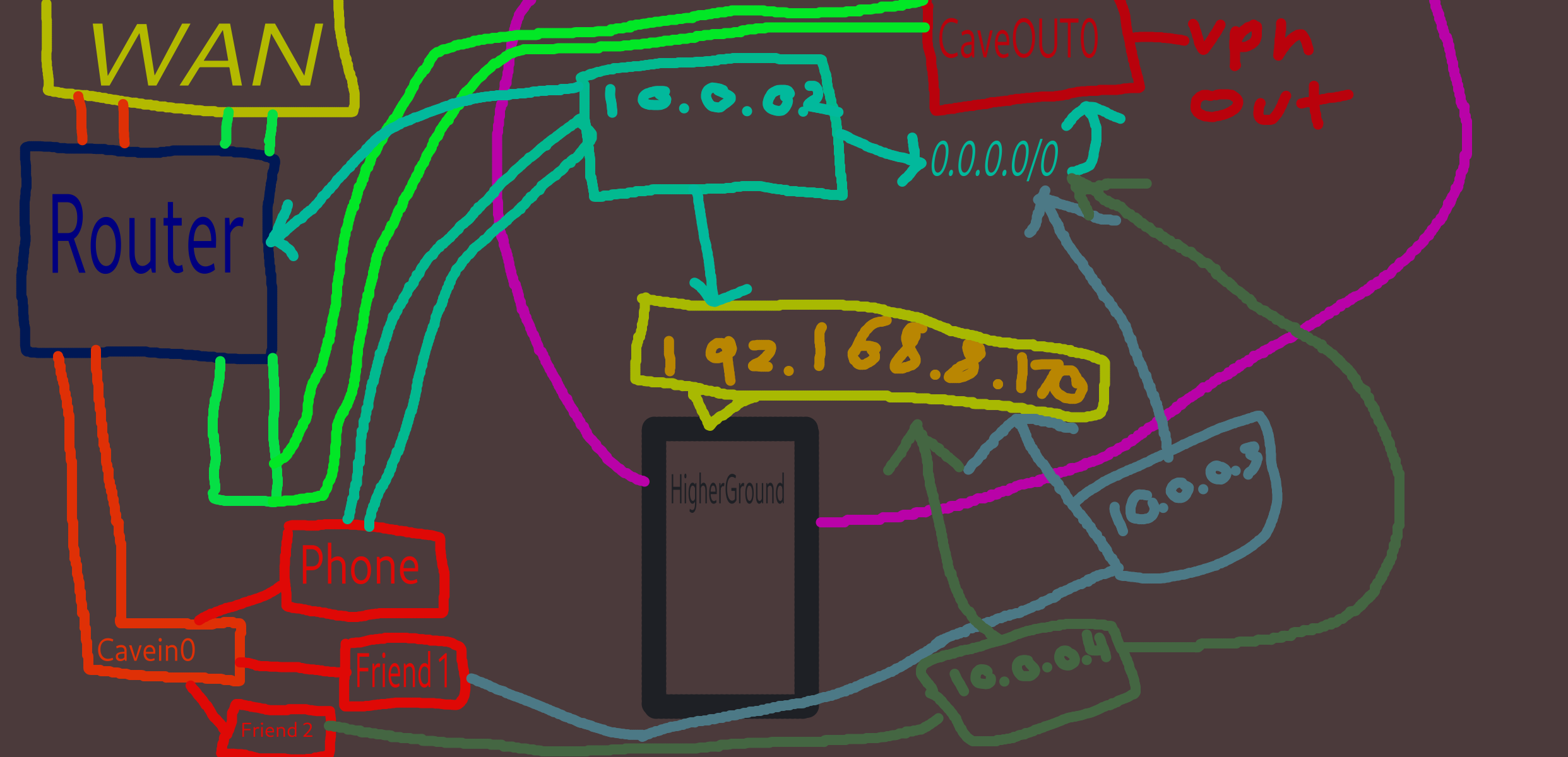cross-posted from: https://sh.itjust.works/post/41026064
Good day, or good evening privacy people! So as many lots of people may know there's 3 ways to build a world for yourself. Start your own business, go into the trades and apprenticeships or go to collage. There is no wrong choice because it is for you to make, i mean its your life after all! But any way today i wanna talk about number three on our roster, i have a very close friend who has chosen to go to collage . He is a pretty smart person as well has immense empathy and sympathy and has decided to follow his intuition to go seek further education. To become a substance abuse therapist, and recently he is getting closer to the end of his collage degree. However for some of the final exams they require a software called "Secure Browser" by Respondus. This is in fact not a Secure browser, wheres the TOR?? This browser is meant to kill all background apps and to eliminate the possibility of cheating, by you guested it SPYWARE!! Now one of the description from my friend is that you MUST use this software to take the quiz or kick rocks and get a bad grade. So we read the TOS which is about what you expect.
"Respondus collects data to operate effectively and to strive to provide you with the best experience with LockDown Browser. You provide some of this data directly, such as when you contact us for support. Some data is obtained by recording how you interact with LockDown Browser by, for example, receiving error reports or usage data from software running on your device. Some data is obtained by how you interact with the assessment delivery system, such as the amount of time spent answering a question. The data we collect within the Help Services depends on the features you use, and includes the following:
Webcam & Microphone Check. The webcam and microphone check streams video and audio from your webcam to the Respondus servers. The video and audio can then be played back by you to ensure the webcam and microphone are working properly. The video and audio recorded during the webcam and microphone check is stored in temporary cache on the Respondus server and is automatically deleted in about an hour. Persistent storage is not used for these recordings, and Respondus does not provide a way to electronically identify the recordings as being transmitted from a specific user. "
aswell on a separate webpage for a general TOS not for secure browser but in general for using any of there software
they collect Webcam & Microphone Check. and System Check. unique System Check ID. Basic personal data (first name, last name) Authentication data (user name) Contact information (may include postal or email address) Pseudonymous identifiers (student ID code assigned by LMS, if applicable) Device identification (IP address) We may disclose your personal data to partner companies where you have agreed to have that information shared
System Check. The System Check gathers certain information from your computing device, the networking environment, and the institution's Learning Management System.
So obviously like any sane person living in the year 2025, and not wanting a data company have, voice, video and as much data they can get out of there ~~Secure Browser~~ RootKit. We both decided and or was predetermined, that it doesnt ~~run~~ infect linux. Because its only for PaidBSD (MacOS) or Windows, So we thought about running a virtual machine of windows 10, but the idea was quickly thrown out because odds are it probably checks for hypervisors. So we decided to take out "old reliable" the 14 pound billet of a computer from circa 2008 aka my lenovo T440p with libreboot and a de-soldered webcam and microphone. Some of you may think im paranoid at this point, but i havent trusted windows since windows 11 came out. Sooooooooooooooooooooooooooooooooooooooooooooooooooooooooooo anyhow
We installed windows 10 and installed "secure browser", we ran a test for the software to make sure it would function without a webcam or mic. And it did!
So end of story right? malware and scummy business solved by FOSS software and soldering iron?
Well for my friend it is solved but for those who are not tech savvy or paranoid they still got con'd. So enough about the past lets talk about the future, My friend has decided to complain to the teacher whom runs the class and requires them to run this software. That there should be alternatives, we have constructed a email which as of writing has been sent. This is paraphrased but the points are all made the same,
" I disliked having to use Lockdown Browser. Since I run Linux it was hard for me to get it to work. I ended up having to get an old laptop and install windows 10 to get it to work. Lockdown Browser does not support Linux. I also disliked the TOS because they are able to use your microphone and camera and that "we may disclose your personal data to partner companies..." I feel as if this is an invasion of privacy as a student. I think colleges are becoming so focused on academic integrity that they overlook what students' information is given towards the company (in this case Lockdown). Like I said before this is forcing students to take video and audio recording of themselves or else they cannot take the test. They also say in the TOS that for the microphone and video the test run is deleted, but they never say what happens to the quiz video and audio. If I would have known this class was going to use Lockdown for its test-taking I would have had second thoughts. https://web.respondus.com/tou-ldb/ "
I am proud of my friend, as he also wants to fight for digital sovereignty, privacy and a better digital world. we discussed this email back and forth onto what it should say. He asked me what i would add, and i flat out gave my rather blunt opinion on the matter. "There should be another option, i understand the microphone and camera requirement because they don't want you to cheat. But it never says whats done with that data on there website, it says what happens to the demo data but not the quiz data! they leave an open ended "we may share your data" which im 99% definitively means there selling it to partners. That end of the day you should say what you think about this software, respectfully and precisely. Its your collage degree, its your collage, its your money. Let them know that you are displeased with this choice."
he then added the part about if he knew this software was going to be used in this class he would have reconsidered taking it. which i think is very fair and to the point of the matter.
To close off this very lengthy post, i want to thank my friend for sharing his experiences with me. And to let other people know about the evil that infects collage software, like Pearson. Which is another topic for another day.
Cheers Steamy
Public Key 405B46E81DCCDB2B310DEF0DA5F0B998E8AC3752


 going into this we all expected the disk to be unreadable after the fact, but didnt think the hardrives would stop a 9mm bullet!!
going into this we all expected the disk to be unreadable after the fact, but didnt think the hardrives would stop a 9mm bullet!!



 The CPU works very hard for them frames!
The CPU works very hard for them frames!






"I was at the airport and i fought my social anxiety and decided to talk to other passengers. One was a mother who invited me to stay with her. I even got my own bed, when i woke up i was greeted by a bath tub full of ice and was missing a kidney. Because this is far more likely to happen then sleeping with somebody's wife and there husband being a prominent person at a fortune 500 company. Then some how like whodeeny pulling a position out his has. At said company,"